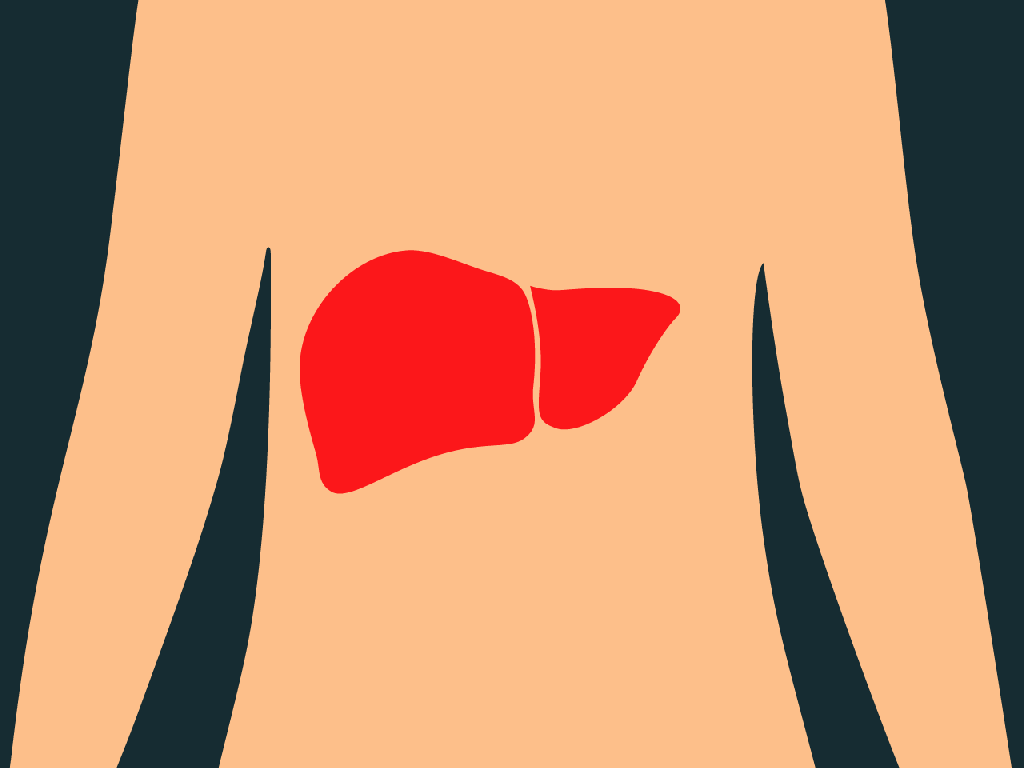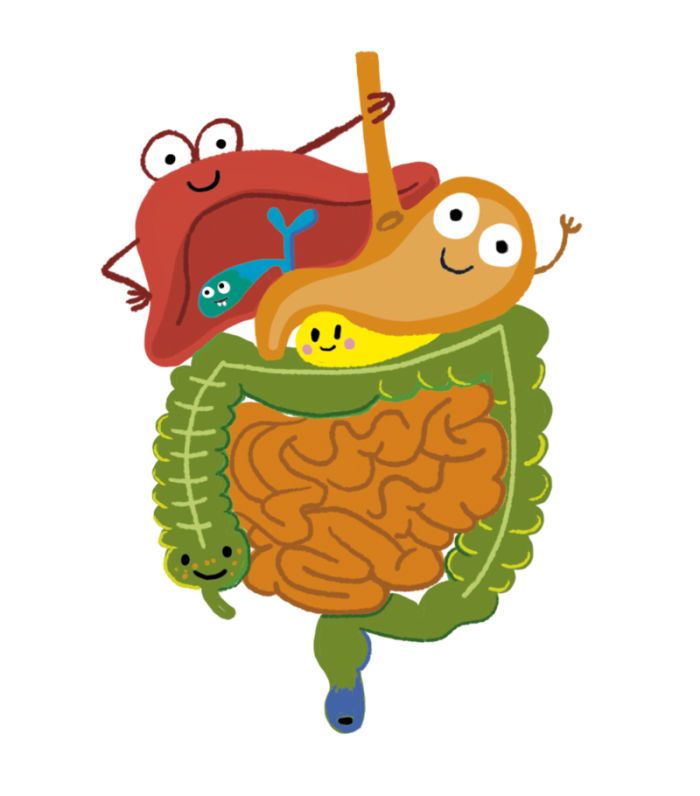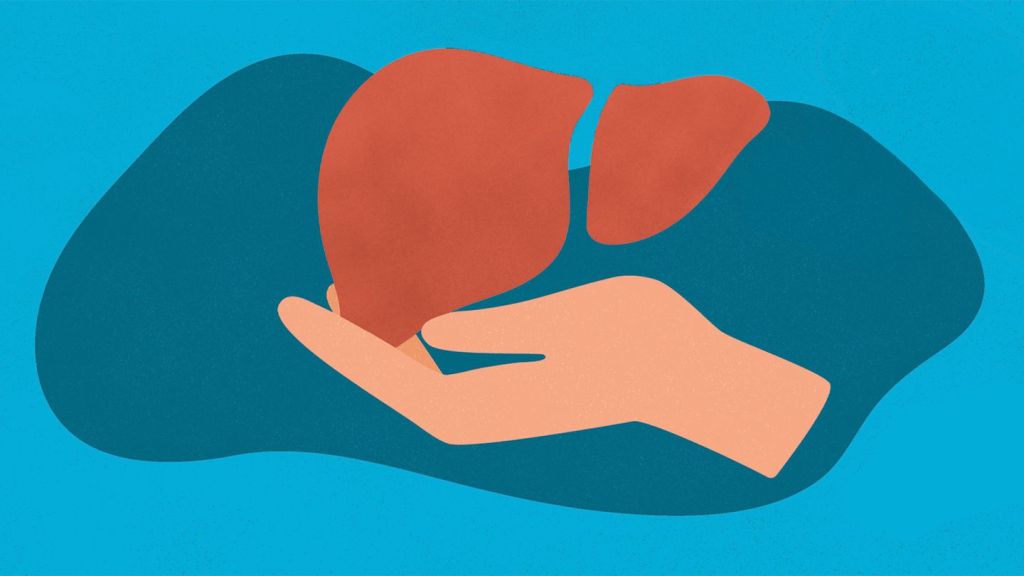When you finally comprehend the sheer volume of toxins and poisons we are exposed to throughout our lives, you may like me, want to make haste in embarking upon removing them. But remember – more speed less haste.
Unlocking the blocks you may be experiencing to detoxing is a complicated matter as we are not all created equal when it comes to removing toxins. Establishing what phase of detoxing may need support will depend on observation, research and testing. My experience of detoxing involved supporting Methylation (through genetic testing and the supplementation of methyl donors) and also supporting Sulphation by supplementing with thiol (sulfur) compounds. Because I have some health problems associated with elevated Estrogen I am looking into supporting Glucuronidation.
As I was kindly endowed with the grand sum of nine Amalgam (Mercury and other metals) dental fillings, my priority is the slow but steady removal of metals.
This article may be useful in learning how the chelation (removal) of metals works. The process should be overseen by a professional and by utilizing hair analysis testing which you can access through a Functional Medicine, Bioresonance or Homeopathic practitioner.
Understanding certain terminology is helpful to grasp the meaning of some of this text, in particular the term ‘Conjugation’. In this context the best definition I found on Merriam Webster dictionary website: “joined together especially in pairs”.

Phase 1 explained:
The liver is concerned with energy balance regulation, blood protein synthesis, immune modulation, detoxification of toxic substances both of external and self made origin – chemicals called Xenobiotics and compounds often generated from gut bacteria.
It has two main mechanisms for removing unwanted toxins from the body, Toxins are generally fat-soluble and difficult to transport across membranes for excretion. The liver can chemically alter the toxins by either a phase 1 reaction (oxidation) or a phase 2 reaction (conjugation). These reactions make the toxic compounds more water soluble and readily excreted in the bile or urine. For both phase 1 and 2 reactions certain enzymes are involved. There are only 4 routes out of the body for pollutants, these are through our breath, urine, stools and skin.
In the breathe there are volatile chemicals which can be eliminated, other chemicals come out in bile and can be eliminated in the stool, however some bile is partially reabsorbed and is needed for absorbing fats and fat soluble vitamins.
When the liver makes the toxins water soluble then the kidneys and urine can then expel the toxins, even if perhaps the had been fat soluble previously. The skin excretes fat soluble and well as water soluble toxins through sweat.
Gastrointestinal Cells

The role of GIT cells must be considered when aiming to facilitate detoxification and reduce an individual’s accumulation of both external and endogenously derived toxins. It is estimated that 25% of detoxification processes occur within GIT erythrocytes. These cells carry out both phase 1 (via the action of CYP450 enzymes) and phase 3 (via antiporter protein action) functions in an attempt to reduce the passage of non-metabolized xenobiotics to the internal environment.
Phase 2 Explained:
The second phase of liver detoxification is heavily nutrient dependent, thus ongoing consumption of amino acids, vitamins, minerals and other supportive compounds (e.g. sulfurophane, beta-glucuronidase) are useful to facilitate optimal detoxification processes.
A primary route of phase 2 detoxification is Glutathione (GSH) conjugation. In addition to its role in conjugation, Glutathione is a significant hepatic antioxidant. If GSH is depleted by the oxidative by-products of phase 1, the GSH-dependent phase 2 activity is inhibited. GSH depletion has been suggested to represent an important contributory factor to oxidative liver damage and enhanced morbidity related to liver hypofunction.[
GSH is a tripeptide made up from the amino acids glutamine, glycine and cysteine, thus an adequate supply of these substrates is paramount. Foods from the brassica family (cabbage, broccoli, brussel sprouts) are inducers of this pathway. Broccoli sprouts in particular have been found to be potent phase II inducers. Glutathionation is involved in heavy metal removal, and this process can be supported by N-acetyl-cysteine, selenium and alpha-lipoic acid.
Diet and Detoxing:

Curcuma longa and sulforaphane are also known to enhance the activity of glutathione S-transferase (GST).[7 Sulfurophane is a molecule belonging to the isothiocyanate group of organosulfur compounds. It is found in broccoli sprouts and other cruciferous vegetables such as kale, brussel sprouts and cabbage. It is also well-known for its antioxidant and anti-inflammatory activity.
Due to its role in the induction of phase 1 and phase 2 detoxification enzymes (e.g. for removal of chemical carcinogens), sulforaphane-rich foods represent an ideal addition to the daily diet and to a protocol designed to facilitate healthy detox. Sulforophane also has a recognised capacity to induce the activation of nuclear factor (erythroid-derived 2)-like 2 (Nrf2). When Nrf2 binds to DNA it induces many antioxidant and detoxifying pathways, protecting cells from damage.

Detoxing and Veganism:
Glycine (and to a lesser extent taurine, glutamine, arginine and ornithine) are required for phase 2 amino acid conjugation. People on a low protein diet, and those with chronic exposure to toxins, are at risk of impaired amino acid conjugation due to substrate depletion, particularly glycine.
Detoxing and Methylation:
“Methylation is a biological mechanism for the removal of toxic metal(loid)s (e.g., Hg) by converting them to methyl derivatives that are subsequently removed by volatilization”
https://www.sciencedirect.com/topics/earth-and-planetary-sciences/methylation
Methylation is the conjugation of toxins with methyl groups. The methyl donor is S-adenosylmethionine (SAMe). SAMe is synthesised from the amino acid methionine, a process which requires the nutrients choline, vitamin B6, vitamin B12 and folic acid.
Detoxing and Sulphation:
Sulfation involves the conjugation of toxins with sulfur-containing compounds. Nutrients needed to maintain sulfation are the sulfur-containing amino acids, particularly cysteine and methionine. An adequate level of molybdenum is also necessary for this phase 2 process.
Detoxing and Acetylation:
Acetylation is the conjugation of toxins with acetyl-CoA. Acetylation is dependent on the vitamins B1, B5 and vitamin C.[9]
Detoxing and Glucuronidation:
Glucuronidation is one of the primary pathways of liver phase 2 detoxification. It is responsible for the detoxification of both endogenous compounds (e.g. hormones such as oestrogen) and exogenous toxins (e.g. drugs and carcinogens). Glucuronidation combines these potentially toxic compounds with glucuronic acids forming glucuronide conjugates. These conjugates are then suitable for safe elimination via the biliary tract. This process depends on adequate levels of glucuronic acid. Fish oils and limonene from the peel of oranges, lemons, limes and grapefruits may also activate glucuronidation.
A situation known to compromise healthy excretion of glucuronide conjugates is the elevation of beta-glucuronidase within the GIT. Beta-glucuronidase exerts a cleavage action on glucuronide metabolites. High beta-glucuronidase levels have thus been associated with the generation of free toxic and carcinogenic metabolites[10] (which may be granted passage back into the body). Poorer clearance of metabolised oestrogen and an increased risk of oestrogen-dominant conditions are associated with this scenario.
https://www.fxmedicine.com.au/blog-post/nutrients-detoxification
Testing for Detox Capabilities:
Thera Wellness Bicom Bio resonance device may assist with the detoxification processes mentioned in this article.
Supplementing for Supporting Detoxing:
Consulting with a Functional Medicine Practitioner is best, as they can help you ascertain which phase of detoxing you may need support with. This may include assessing your genetic profile for SNP’s which can inhibit one or more of the detoxing pathways mentioned.

Leave a comment